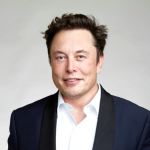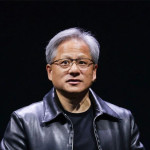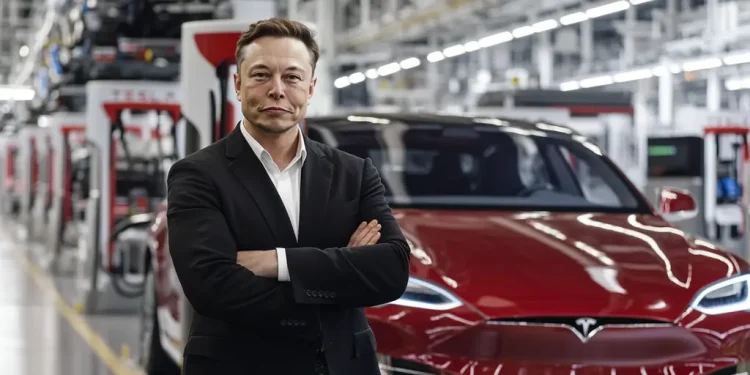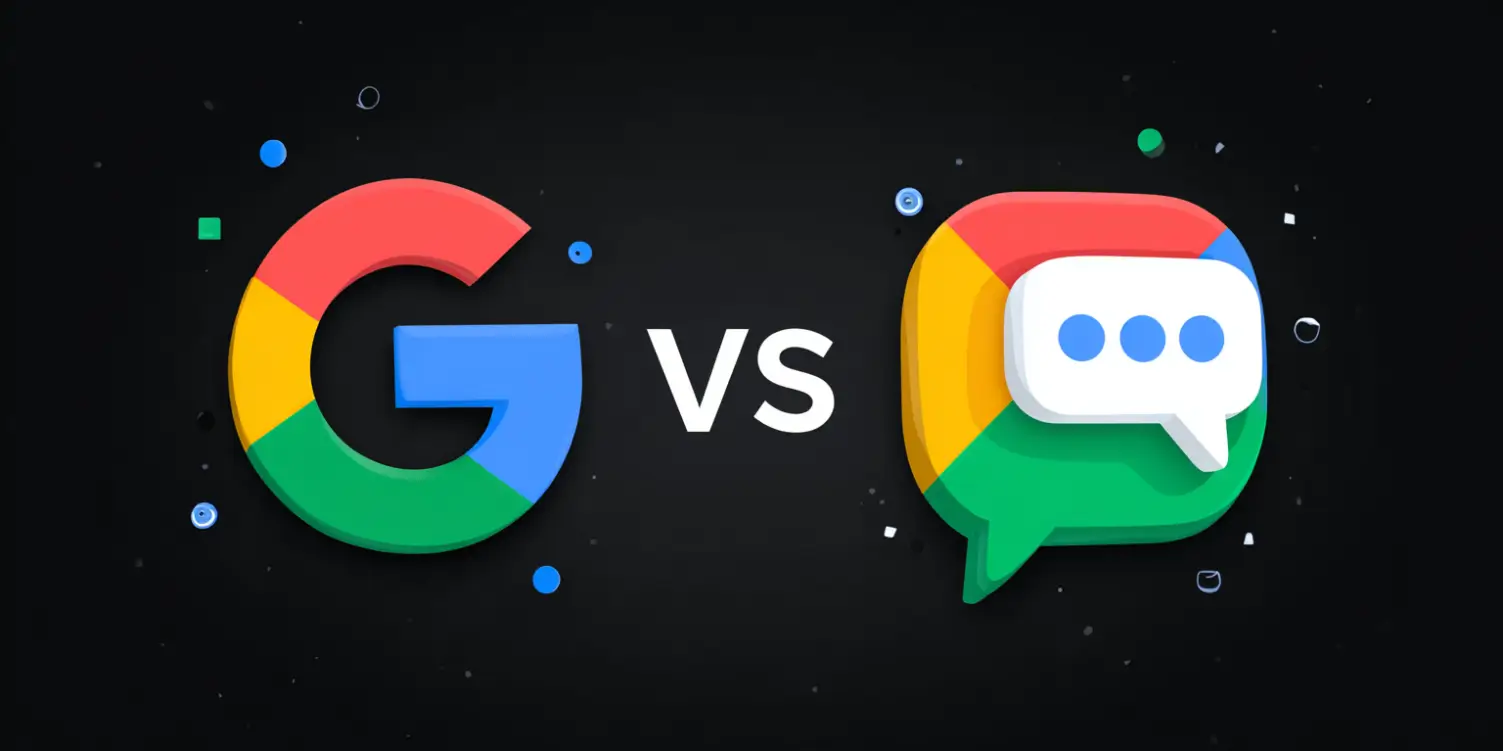Recently, Elon Musk, the CEO of Tesla, stated that the company has ‘no need’ to license xAI models. This statement has sparked interest and curiosity among many, especially those who closely follow technological advancements and Tesla’s innovations.
What Are xAI Models?
Before diving deeper, it’s important to understand what xAI models are. xAI stands for Explainable Artificial Intelligence. These models are designed to make the decisions and workings of AI systems more understandable to humans. This can be particularly useful in ensuring trust, transparency, and accountability in AI systems.
Tesla and AI: A Brief Overview
Tesla has been at the forefront of integrating AI into its products, particularly in its self-driving technology. The company uses advanced AI models to help cars make decisions on the road, enhancing safety and improving the driving experience.
Why Doesn’t Tesla Need to License xAI Models?
According to Musk, Tesla has developed its own AI technologies and systems that meet their needs. He believes that their in-house technology is advanced and sufficient, making it unnecessary for the company to seek external AI models such as xAI. This approach also aligns with Musk’s vision of maintaining tighter control over the technology developed and used by Tesla.
The Benefits of In-House AI Development
Developing AI technologies in-house has several advantages for Tesla:
- Customization: The company can tailor the technology specifically to its requirements without any limitations.
- Cost Efficiency: It may reduce the costs associated with licensing fees and dependencies on external providers.
- Competitive Edge: Proprietary technology can offer a unique competitive advantage in the market.
- Security: Maintaining control over the AI systems can potentially enhance data security.
Potential Challenges
However, there are also challenges associated with developing AI systems in-house:
- Resource Intensive: Developing sophisticated AI technology requires substantial investment, both financially and in terms of talent.
- Risk of Isolation: Working independently might result in missing out on external innovations and advancements.
- Ongoing Maintenance: Keeping AI systems updated and functional demands continuous effort and resources.
Elon Musk’s Vision for the Future
Elon Musk’s statement is consistent with his broader vision for Tesla and its role in advancing technology. By focusing on in-house development, Musk aims to steer Tesla towards being a self-reliant innovator in the tech world. This strategy not only strengthens the company’s independence but also positions Tesla as a leader capable of setting trends rather than following them.
Implications for the Tech Industry
Musk’s decision may have wider implications for the tech industry. Other companies might follow suit, striving for greater self-sufficiency and innovation driven from within. This could lead to an era where more companies develop their own technologies rather than relying on external sources.
Elon Musk’s declaration that Tesla has ‘no need’ to license xAI models highlights the company’s confidence in its own technological capabilities. While this approach has significant benefits, it also poses challenges that the company will need to navigate. Nevertheless, this move underscores Tesla’s commitment to pushing the boundaries of innovation and technological independence.










